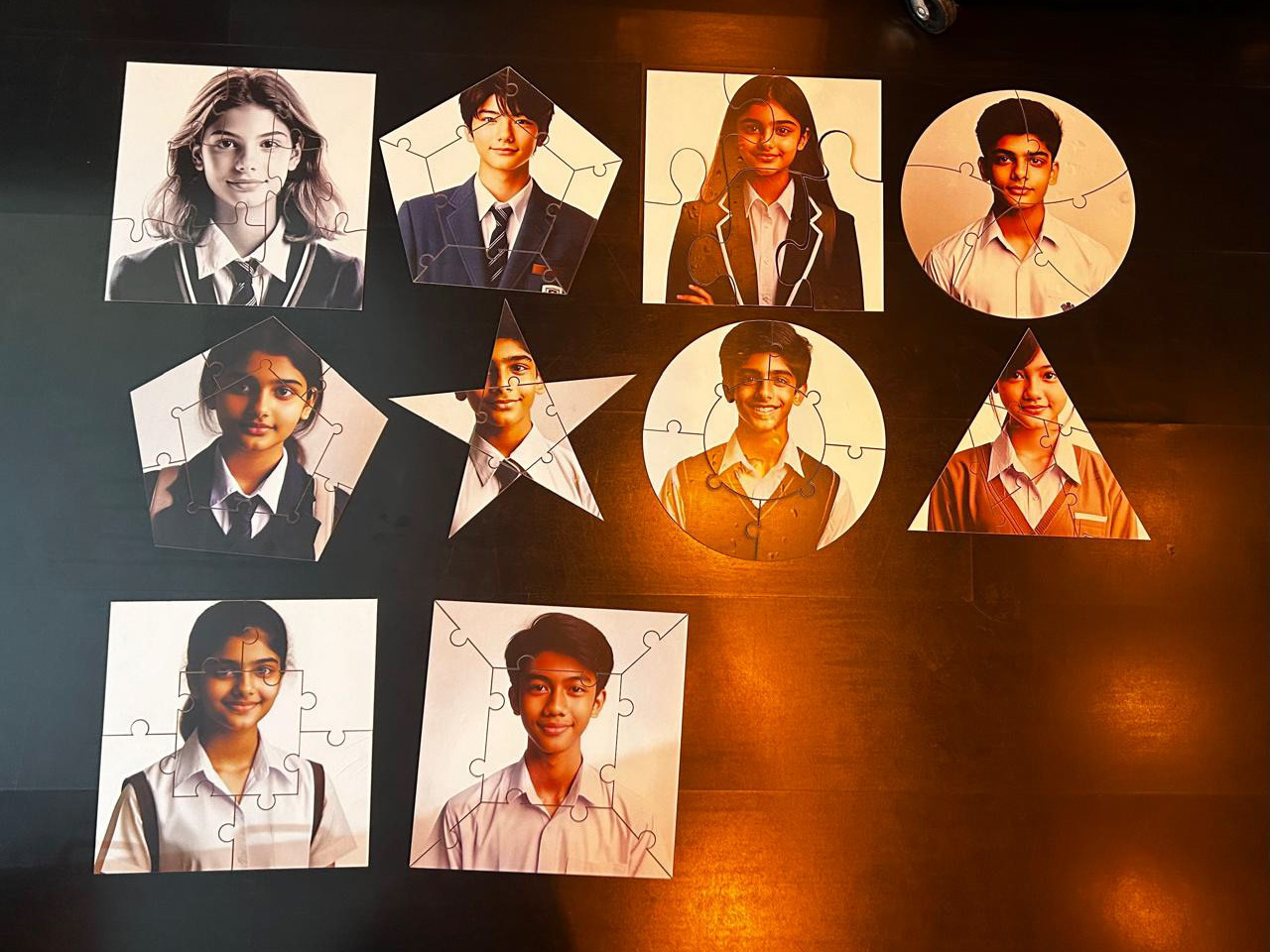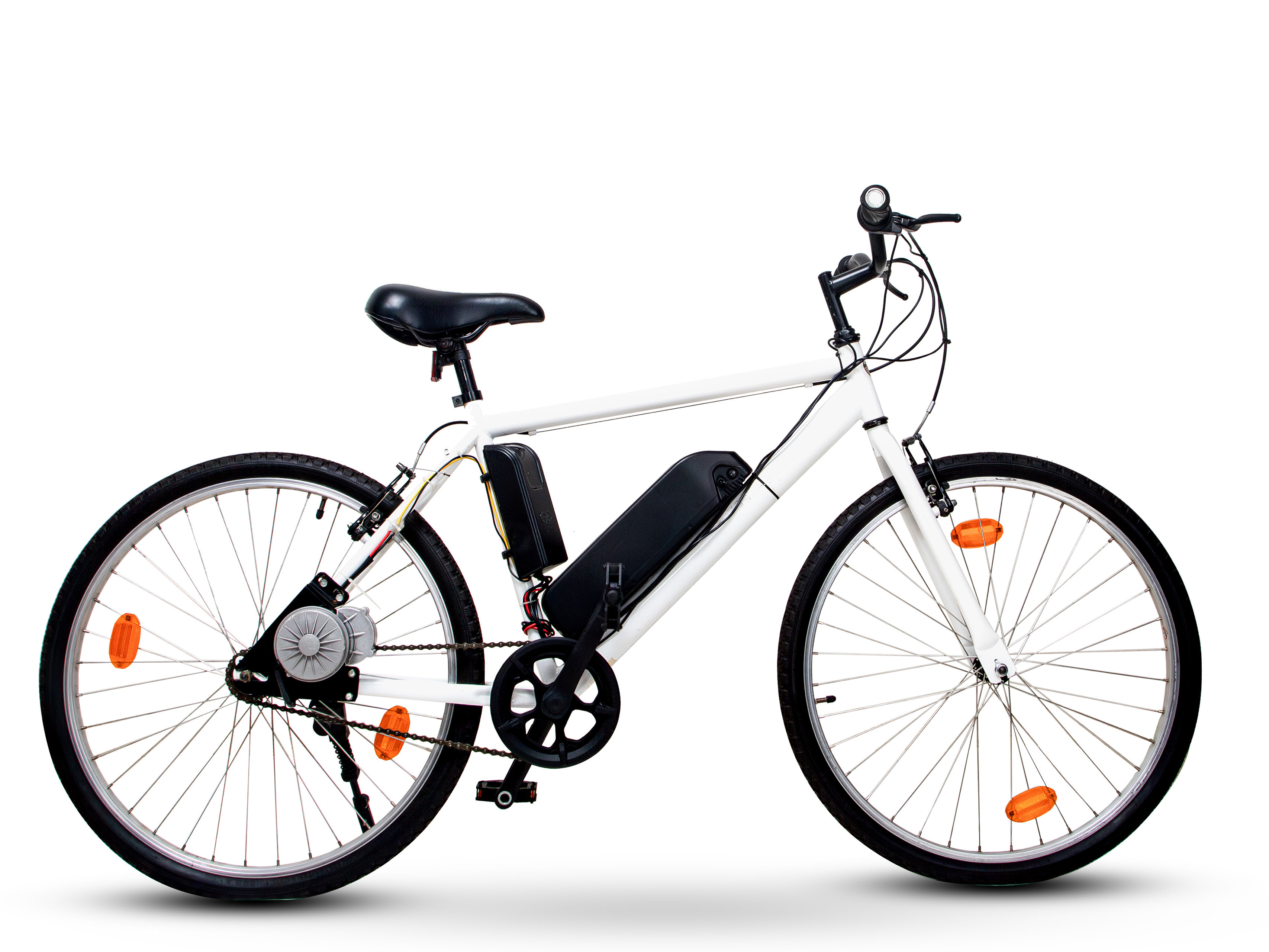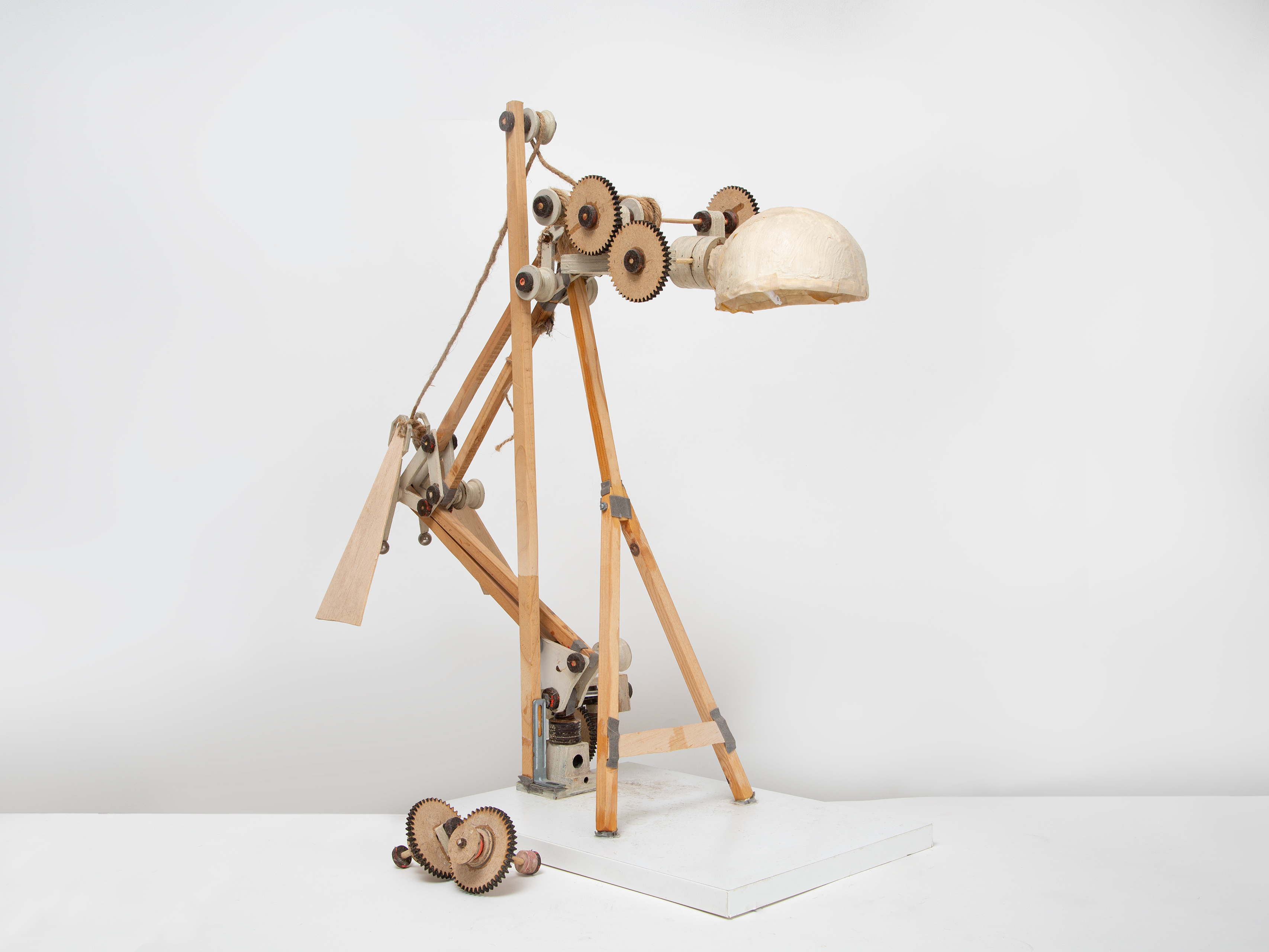“Modus Operandi” is a short stop-motion animation exploring the theme of change, perseverance, and personal growth through a visually driven narrative. Utilizing clay animation as the primary medium, the film leverages clay's flexibility, texture, and tangible malleability to depict evolving characters, shifting moods, and subtle narrative transformations. This choice aligns well with the story’s core emphasis on gradual improvement and effort, as clay can physically embody the concept of change more dynamically than static images or other flat media.
Medium and Style
Clay animation provides a three-dimensional, tactile quality for natural squash-and-stretch principles, expressive body language, and nuanced facial adjustments. The film establishes a consistent, coherent aesthetic using earthy, warm-toned clay for the character and pastel, subdued colors for the backdrop. Minimal paper elements serve as simple set pieces—a window, a shelf—to differentiate backgrounds without distracting from the central clay figures. Lighting cues, such as the glow from a television screen, the soft shift from night to sunrise, and the subtle modulation of ambient light, underscore emotional states and the passage of time without overshadowing the character’s journey.
This medium choice also stems from the narrative’s emphasis on physical and conceptual change. Clay manipulation mirrors the protagonist’s evolving skill and mindset—initially clumsy and crude, eventually refined and expressive. The direct, hands-on process of sculpting and reshaping clay on camera resonates thematically with the character’s internal transformation.
Narrative Synopsis
The film centers on a man who begins with lethargy and disinterest, sprawled on his couch and barely engaged with the world around him. At first, his actions are minimal and uninspired: subtle yawns, drooping shoulders, and half-hearted glances toward a television screen. The environment reflects this mood—muted tones, quiet lighting, and minimal movement.
A key turning point occurs when the man glimpses a documentary on the TV that sparks his imagination. Although the documentary’s exact content remains implied rather than shown in detail, its impact is clear: the man’s eyes brighten, his posture straightens, and he rushes toward his desk, energized by a new idea. He grabs a box of clay from a cluttered shelf and creates his own character. Initially, his attempts are awkward—he produces a crude, misshapen figure barely resembling a human form. Frustrated but intrigued, he looks for inspiration and insight from his observations.
This is when a subtle metaphor emerges: an ant struggling to lift a sugar cube on the man’s desk. Rather than foregrounding this as a heavy-handed symbol, the film treats it as a natural, understated parallel. The man watches as the ant’s repeated efforts gradually pay off; each attempt refines its technique until the ant finally carries the cube away with surprising ease.
Influenced by the ant’s perseverance, the man refines his approach. He experiments with different clay types—perhaps a combination of air-dry clay for stability and plasticine for flexible motion—to improve the figure’s structural integrity and ease of animation. He adjusts his technique, employing more stable internal wireframes (armatures) to ensure smoother, more controlled movements. Over time, as the night yields to dawn outside his window, the man’s craft and confidence grow in tandem. The second and third attempts at sculpting produce figures increasingly closer to a recognizable human form, reflecting both his developing skill and his internal shift from apathy to dedication.
By the film’s end, the man successfully shapes a figure of impressive quality and detail. The lighting now feels warmer, and the setting is more vibrant. The surreal possibility of clay’s malleability—stretching limbs, adjusting facial features, finessing clothing folds—has allowed him not to represent physical change but to convey psychological transformation. Through the tactile process of sculpting, he has discovered the value of effort and persistence, culminating in a piece that stands as a testament to personal and creative growth.
Conceptual Underpinnings
“Modus Operandi” addresses the key concept of change from multiple dimensions: the change in the character’s craftsmanship, the evolution of his mindset, and the subtle environmental shifts shown through lighting and color. The narrative relies on visual storytelling rather than dialogue. It resonates with universal themes—personal and cultural expression, perseverance, and the journey from inertia to competence. The ant’s struggle, while understated, provides a quiet lesson in resilience that the man adopts, mirroring a core message about observing and learning from one’s surroundings.
Why Clay?
The decision to use clay animation stems from the project’s conceptual requirements. Compared to paper cutouts or object animation, clay offers a surreal, flexible medium perfect for illustrating complex ideas like incremental improvement, character metamorphosis, and evolving textures. Clay’s malleability allows for expressive character design—varying eye sizes to show alertness or fatigue, deforming clothing to accentuate motion, and reshaping limbs to indicate physical exertion. This hands-on approach also ties directly to the film’s narrative of mastering a craft through trial, error, and eventual refinement.
The decision to use clay animation stems from the project’s conceptual requirements. Compared to paper cutouts or object animation, clay offers a surreal, flexible medium perfect for illustrating complex ideas like incremental improvement, character metamorphosis, and evolving textures. Clay’s malleability allows for expressive character design—varying eye sizes to show alertness or fatigue, deforming clothing to accentuate motion, and reshaping limbs to indicate physical exertion. This hands-on approach also ties directly to the film’s narrative of mastering a craft through trial, error, and eventual refinement.
Improvements Over Previous Attempts
Having worked with clay medium before, this time, the film’s production benefits from strategic material choices—combining plasticine for sustained flexibility and air-dry clay for structural components. Enhanced armatures ensure stability and maintain consistent character proportions. These improvements guarantee smoother movements, reduced downtime in re-sculpting, and an overall more polished final product that better reflects the intricacies of the story.
Planned Character Movements
The main character’s actions emphasize mental and physical states: initially sluggish and unimpressed, then attentive and analytical as he examines the documentary’s implied techniques, and ultimately swift and efficient when crafting the final figure. Facial expressions and body postures reveal emotional shifts—raised eyebrows, open eyes for interest, relaxed shoulders for satisfaction. The clay medium allows for subtle deformation of clothing and skin with each movement, reinforcing authenticity and visual appeal. The ant’s persistent hauling of the sugar cube is animated with careful pacing: it stumbles and strains, then gradually lifts and carries the cube smoothly, providing a tangible metaphor for perseverance.
Recognitions and Achievements
“Modus Operandi” gained international recognition following its completion in November 2021. The film’s unique narrative and meticulous craftsmanship led to accolades across several festivals:
Excellent Achievement with Distinction – Gimpo International Youth Film Festival (Nov 2021)
Student Production Award – 12th Dad Saheb Phalke Film Festival (Apr 2022)
Monthly Selection – Diamond Eye International Film Festival (Dec 2021)
Semifinalist for Best Student Film – ARFF Barcelona (Feb 2022)
Best Animated Short Film – Aiyan Film Festival, Tamil Nadu (Dec 2021)
Finalist for Best Student Film – Kerala Short Film Festival (Apr 2022)
Selected for Student Short Film – KIFFA (Feb 2022)
These honors reflect the film’s resonant storytelling, effective use of stop-motion animation, and meaningful engagement with themes of effort, skill development, and personal transformation.









